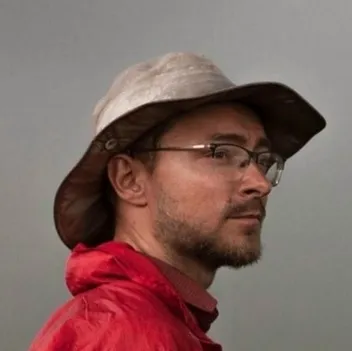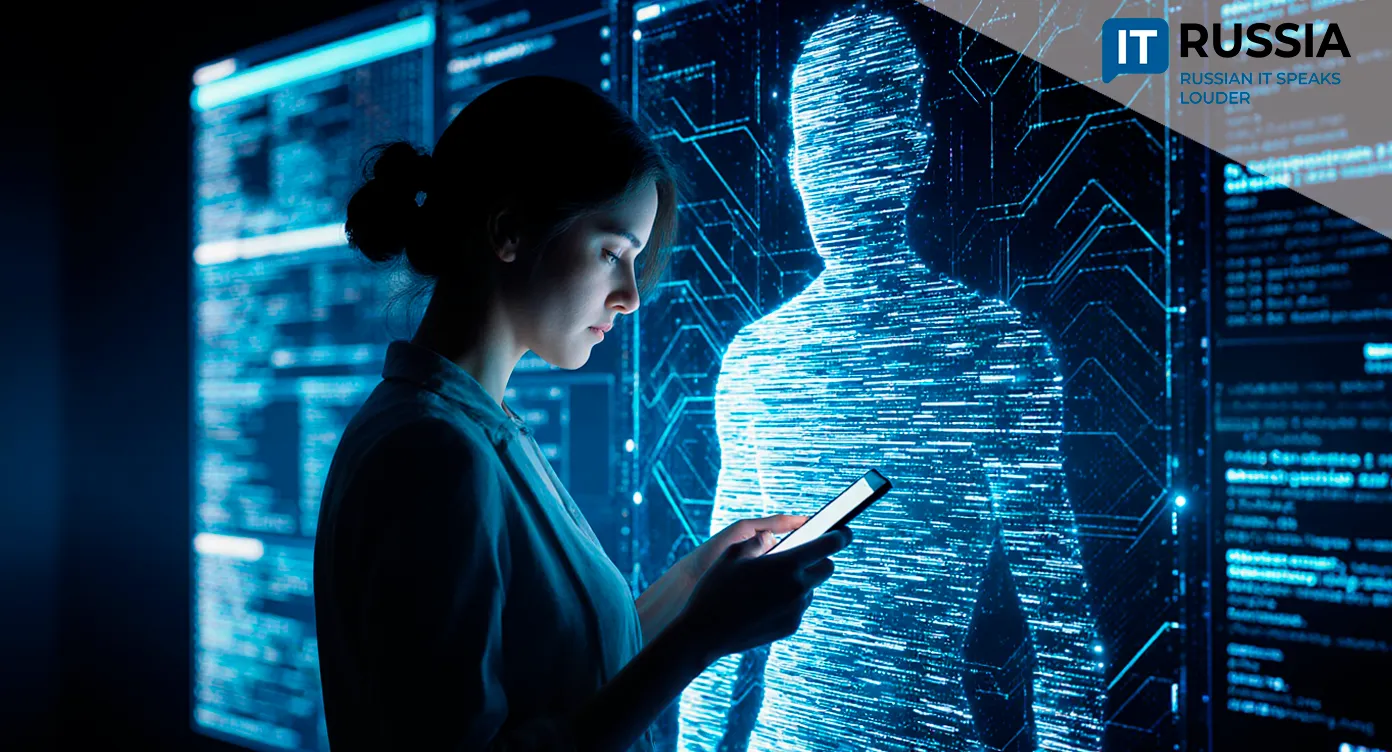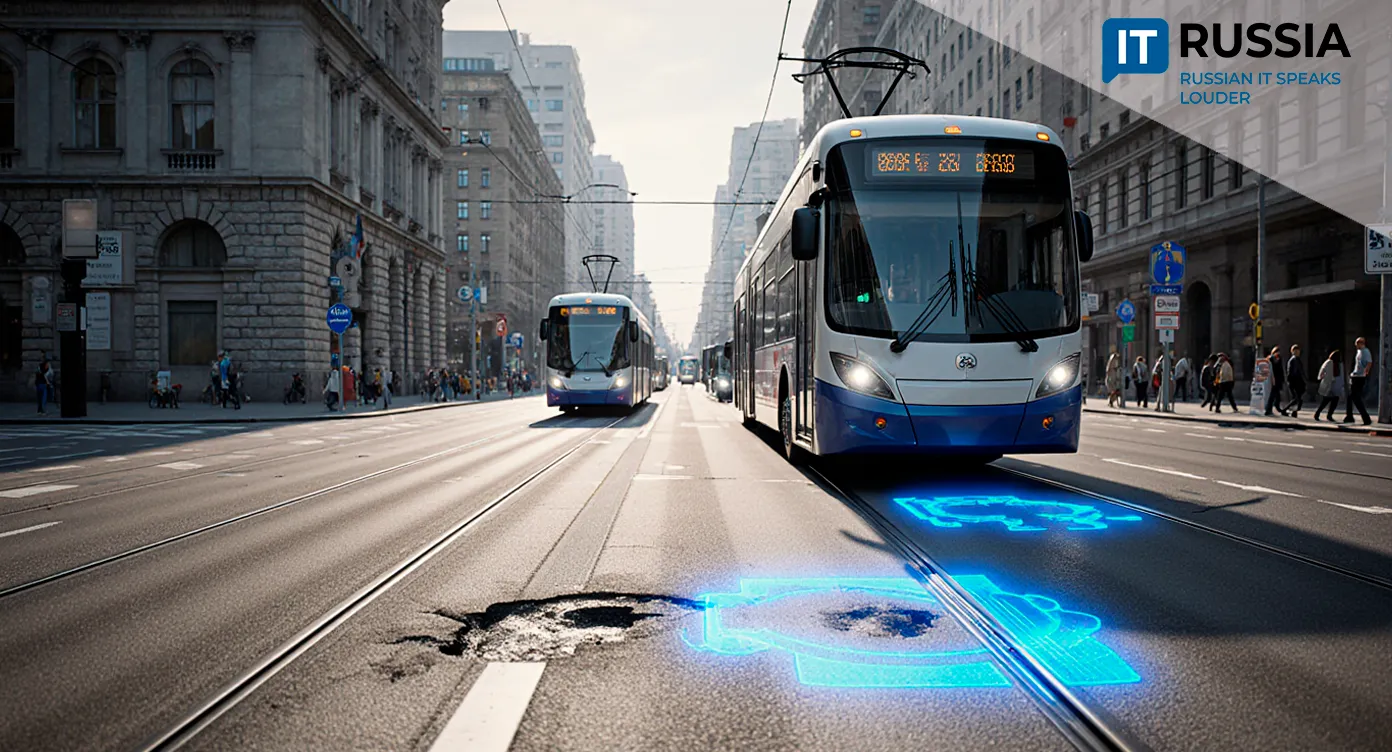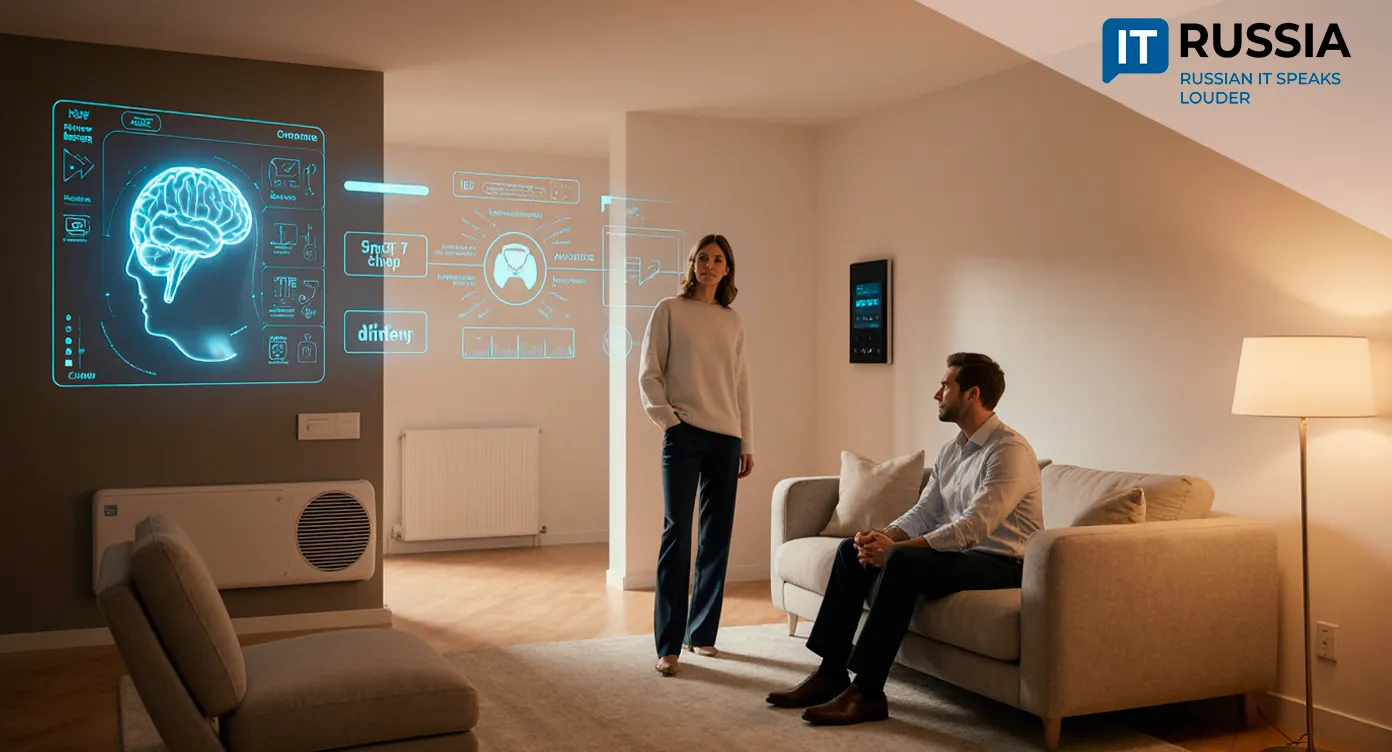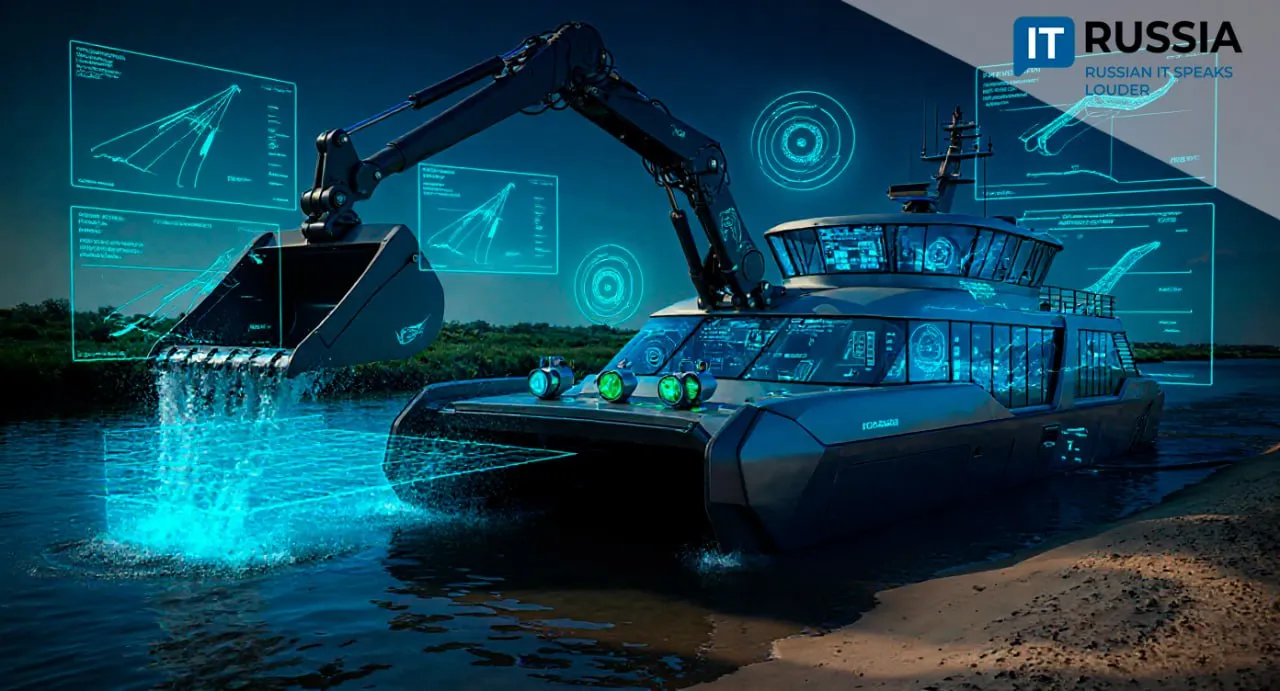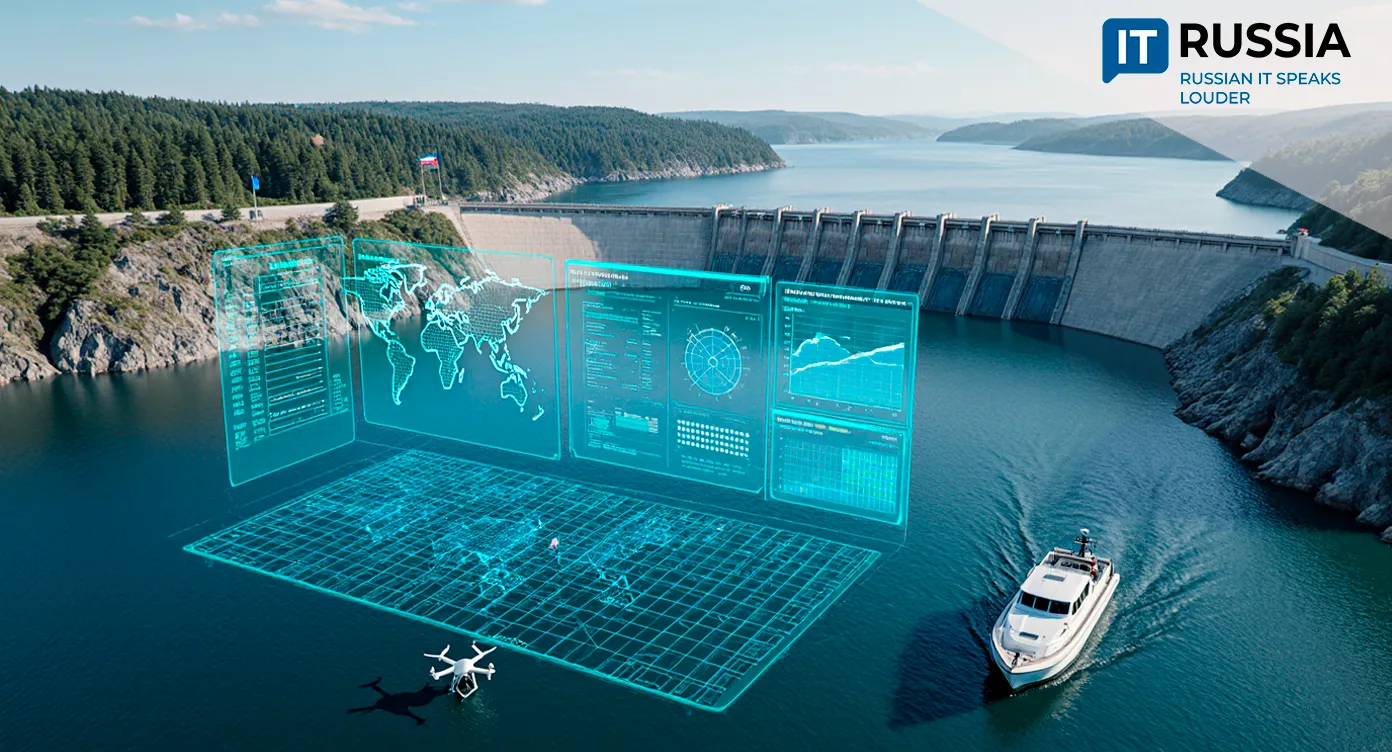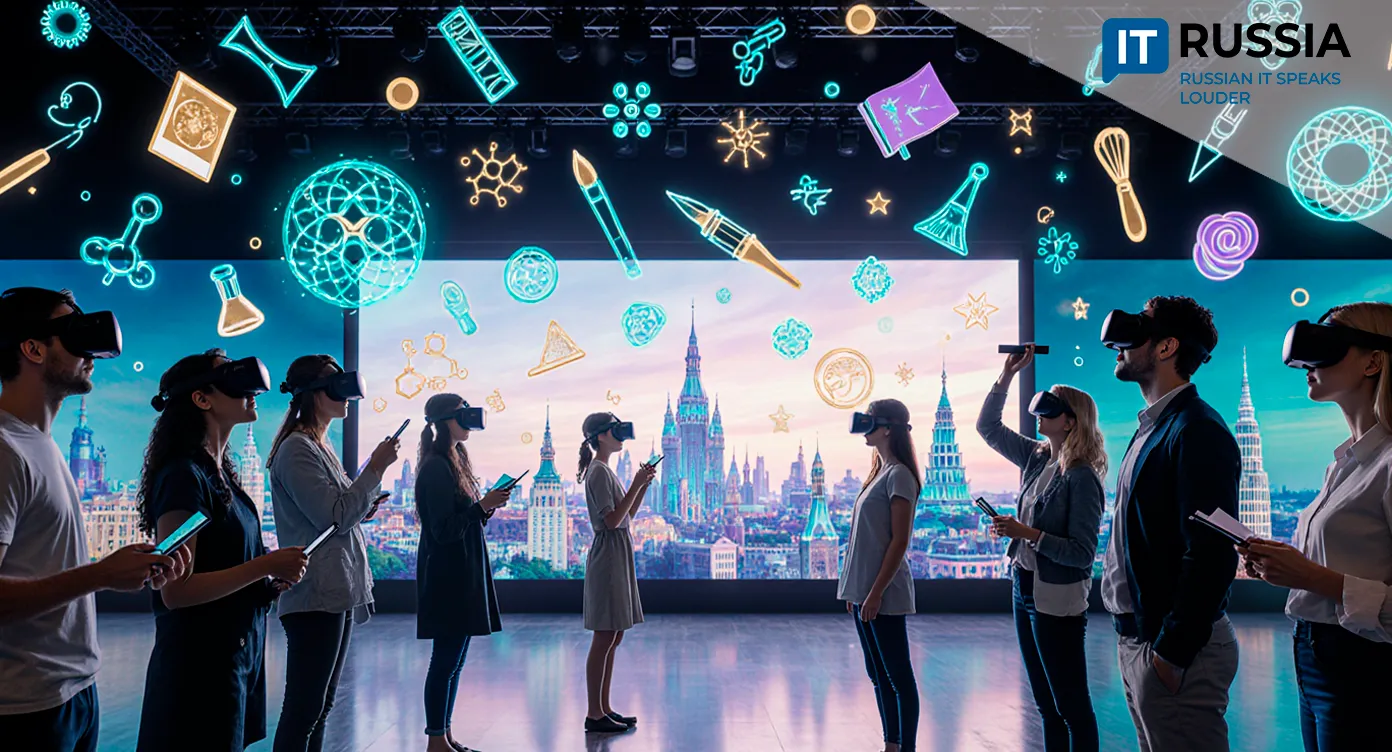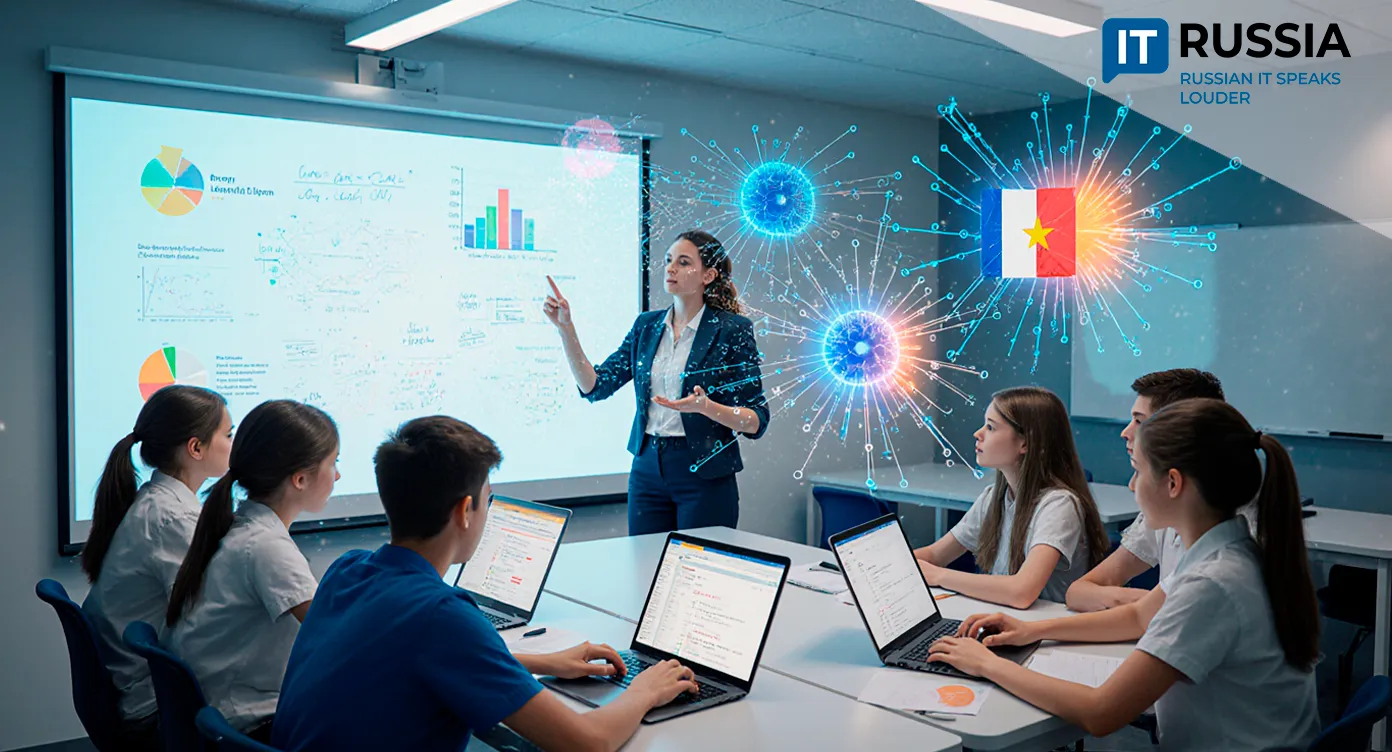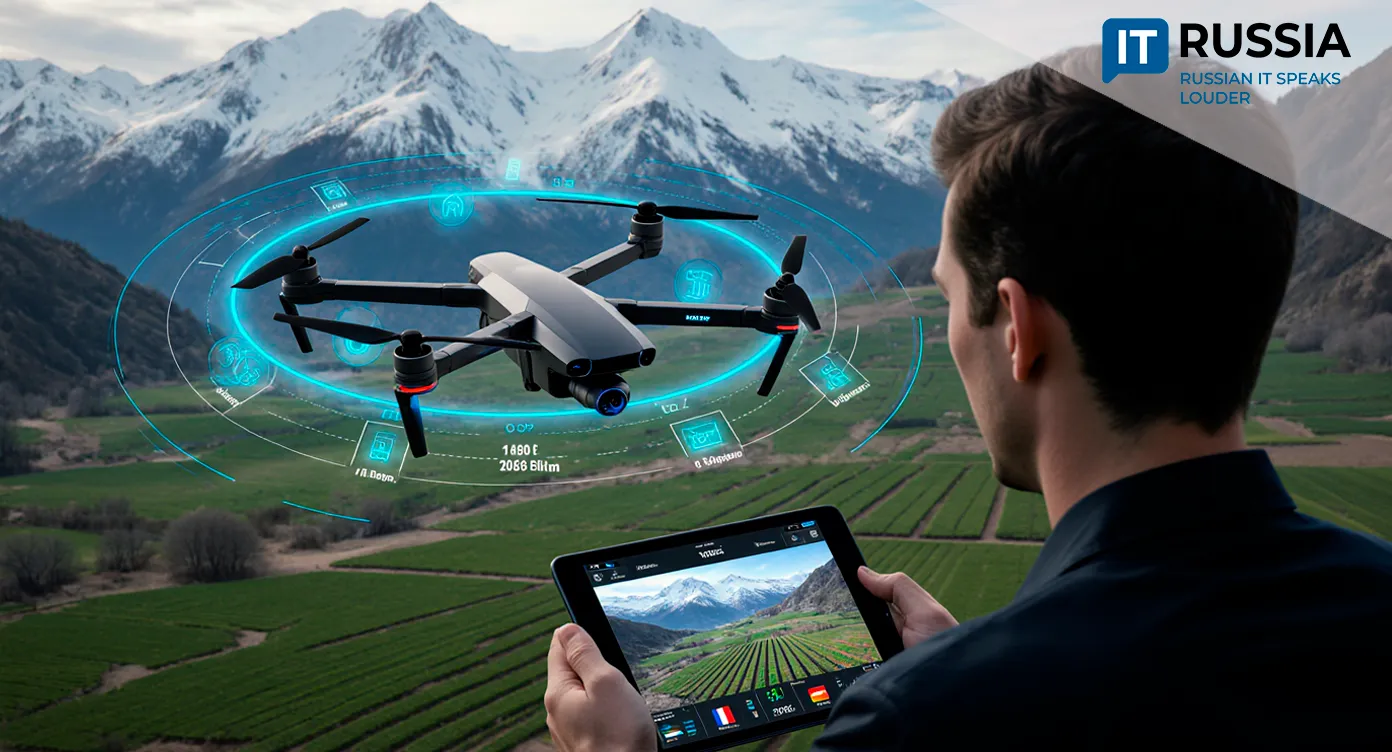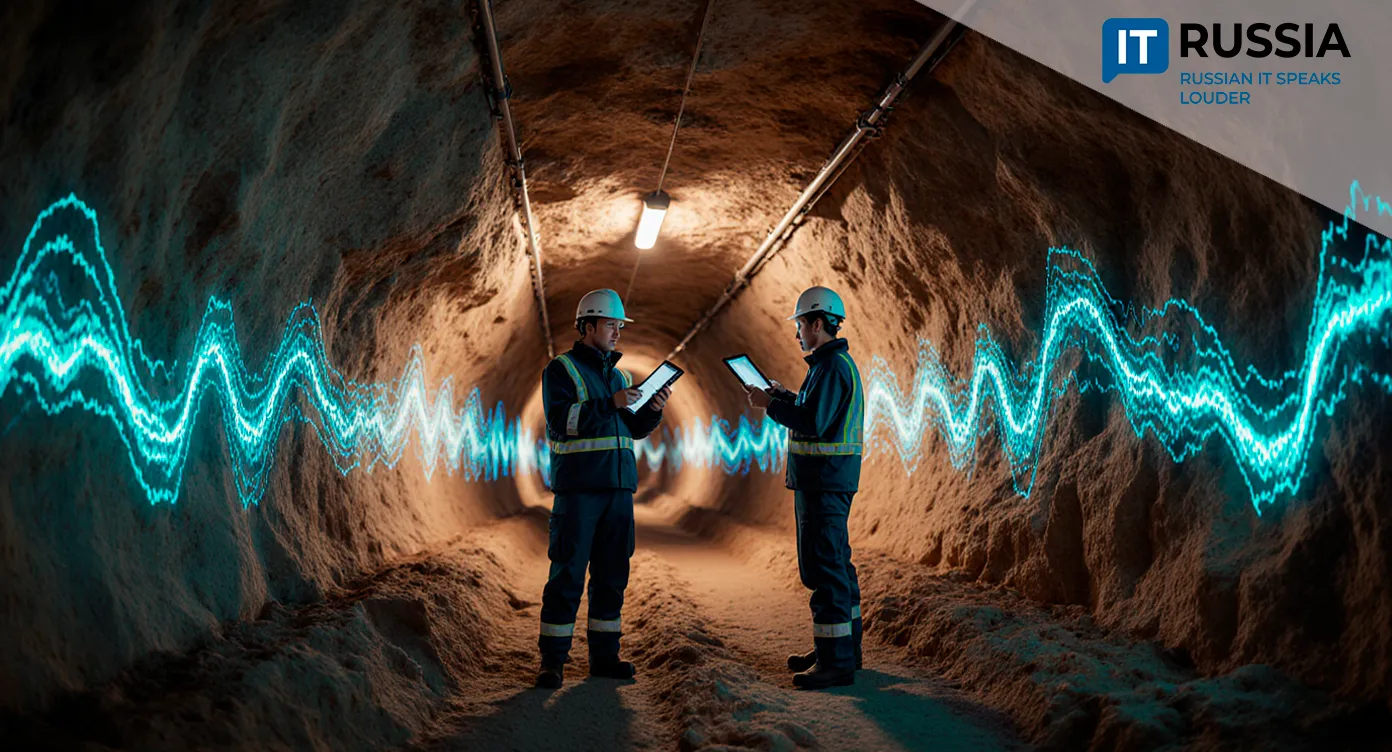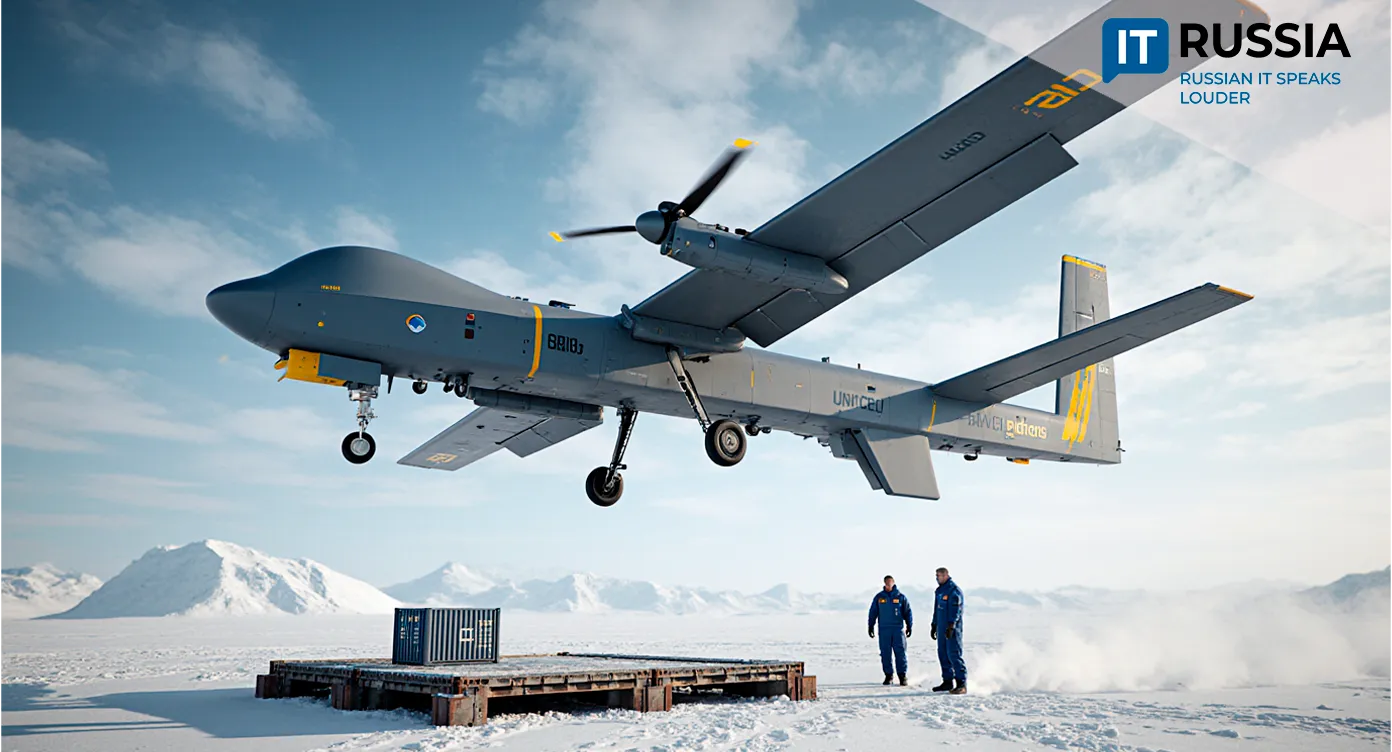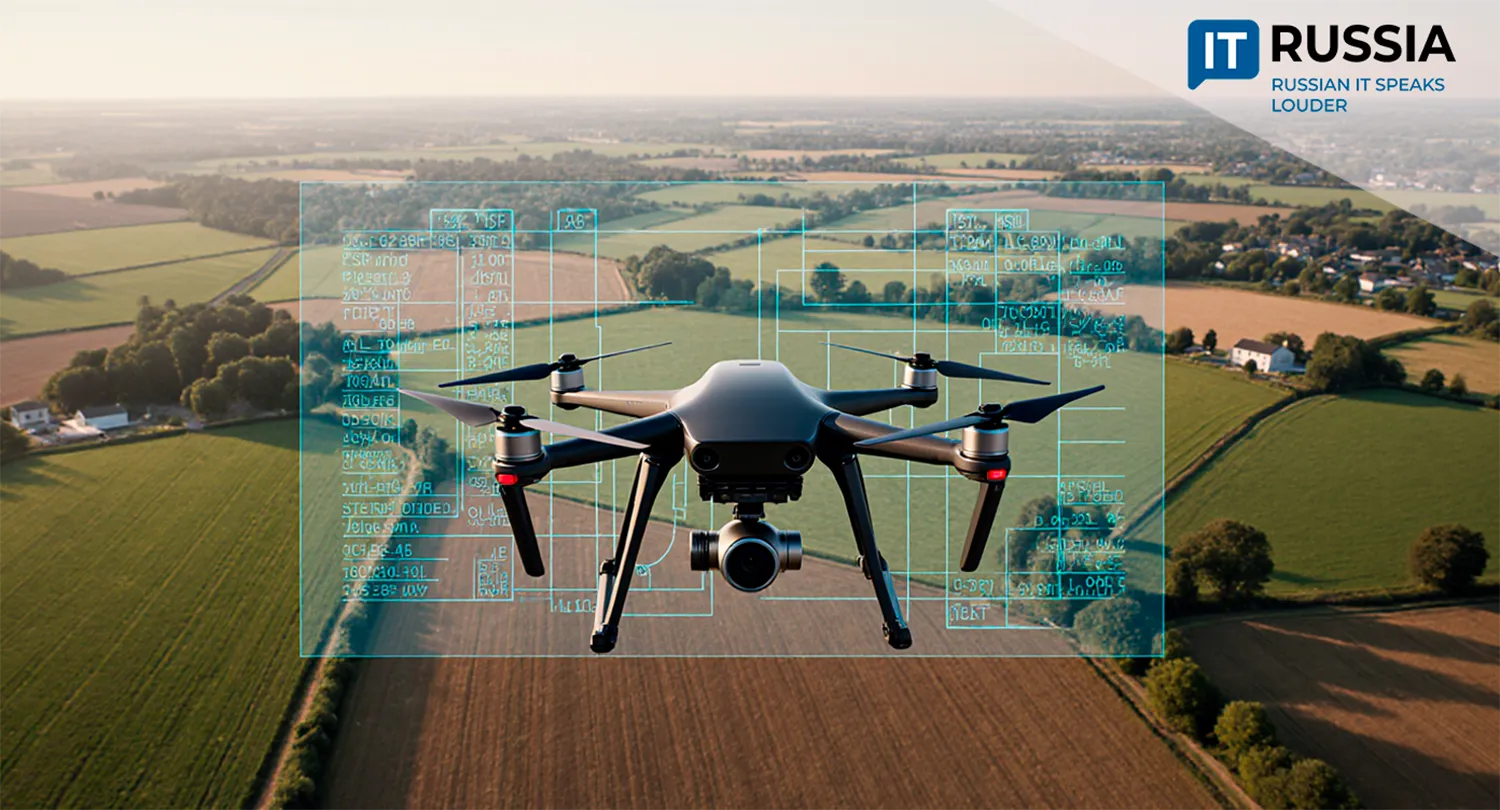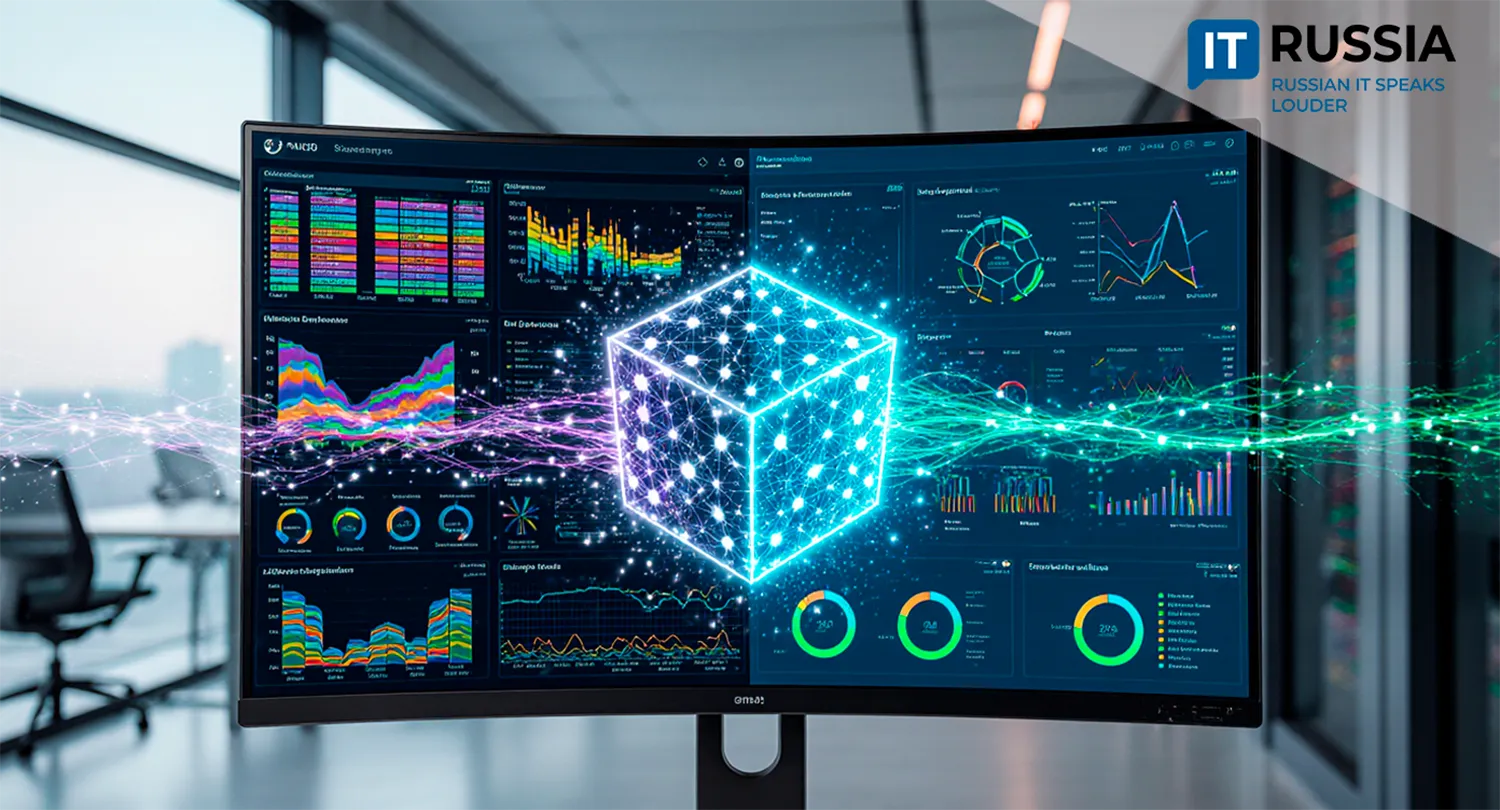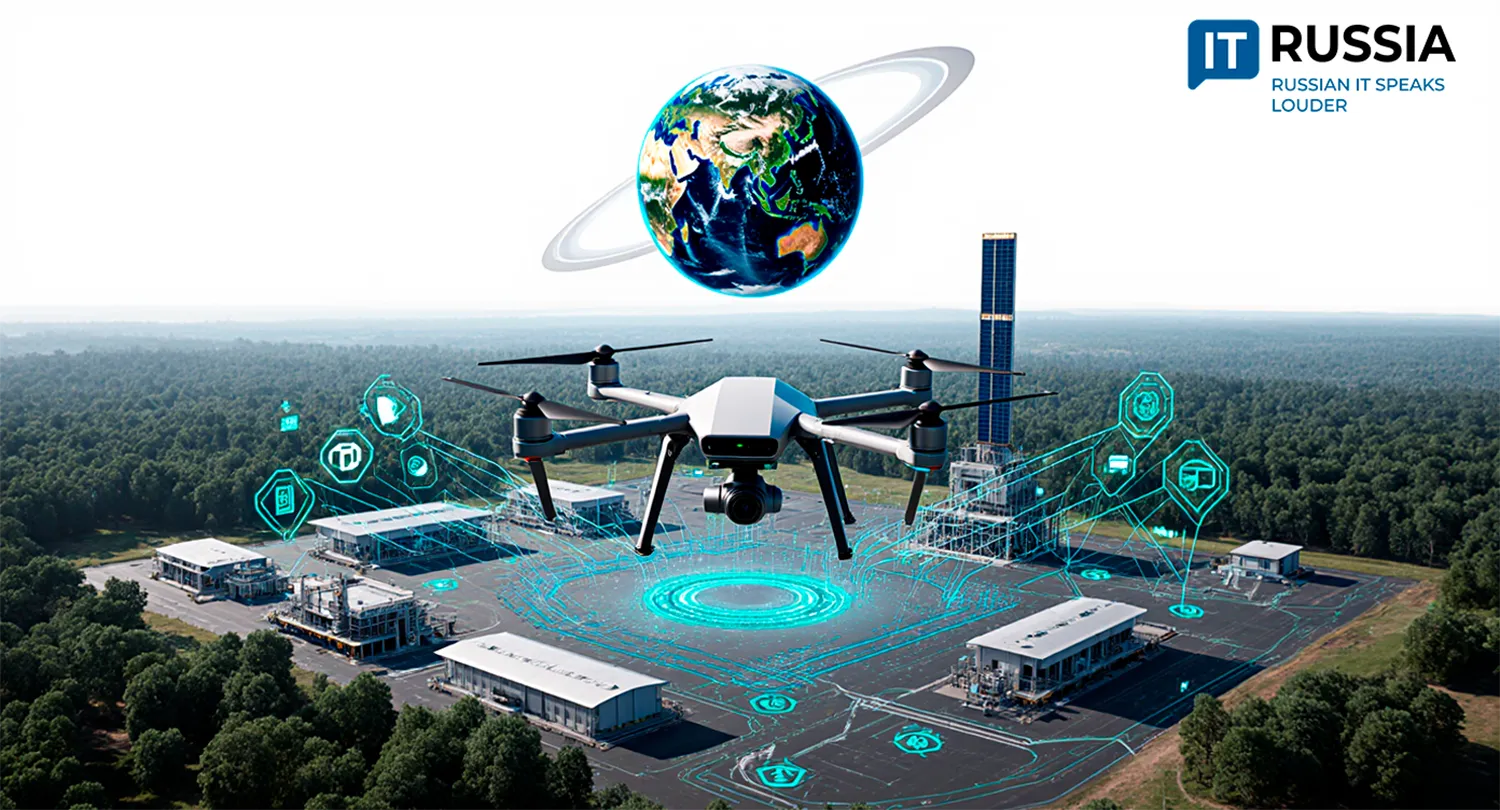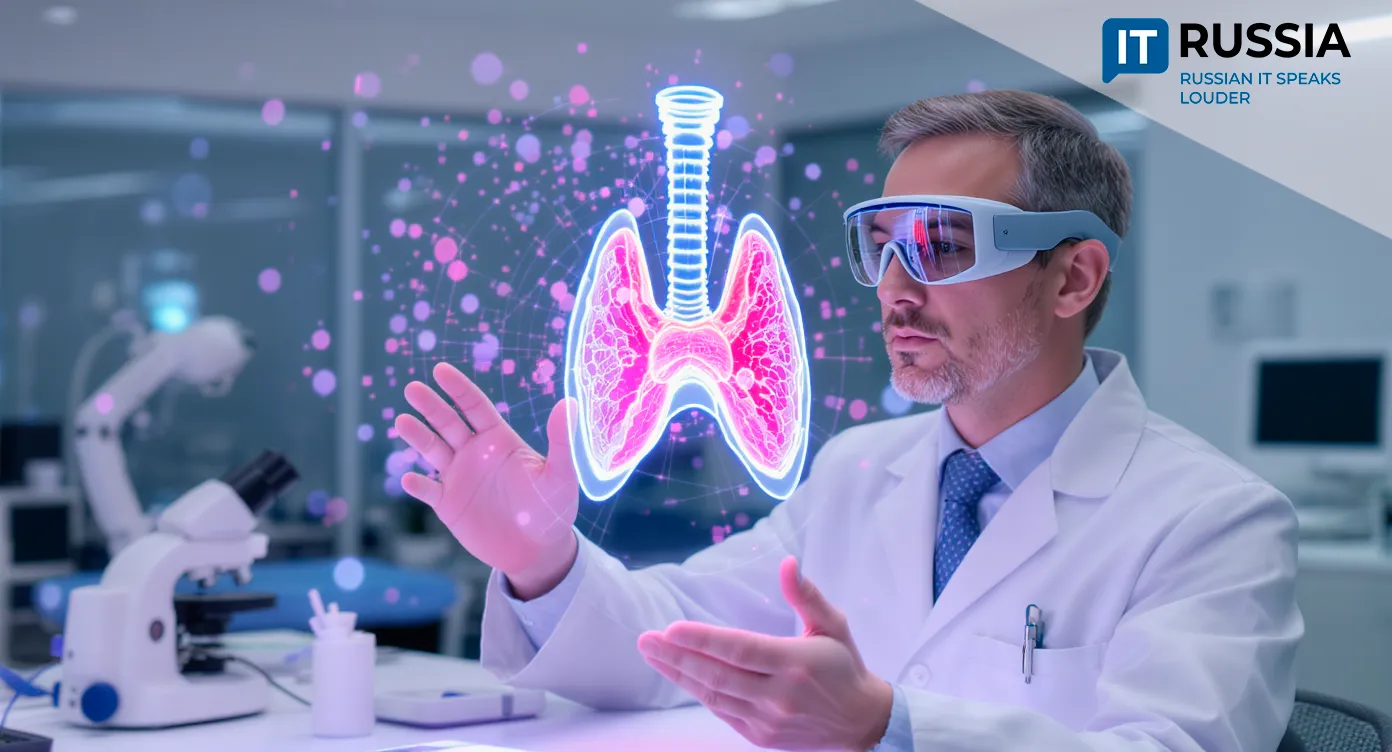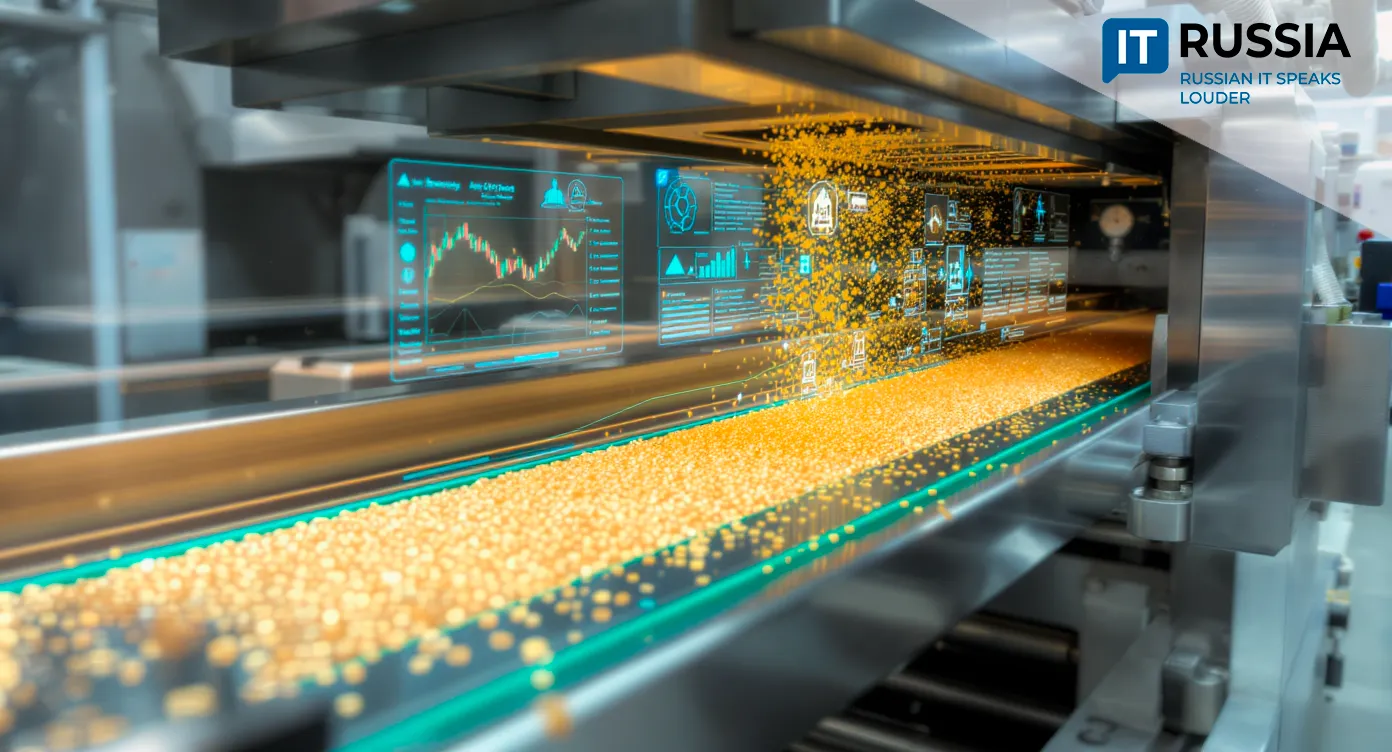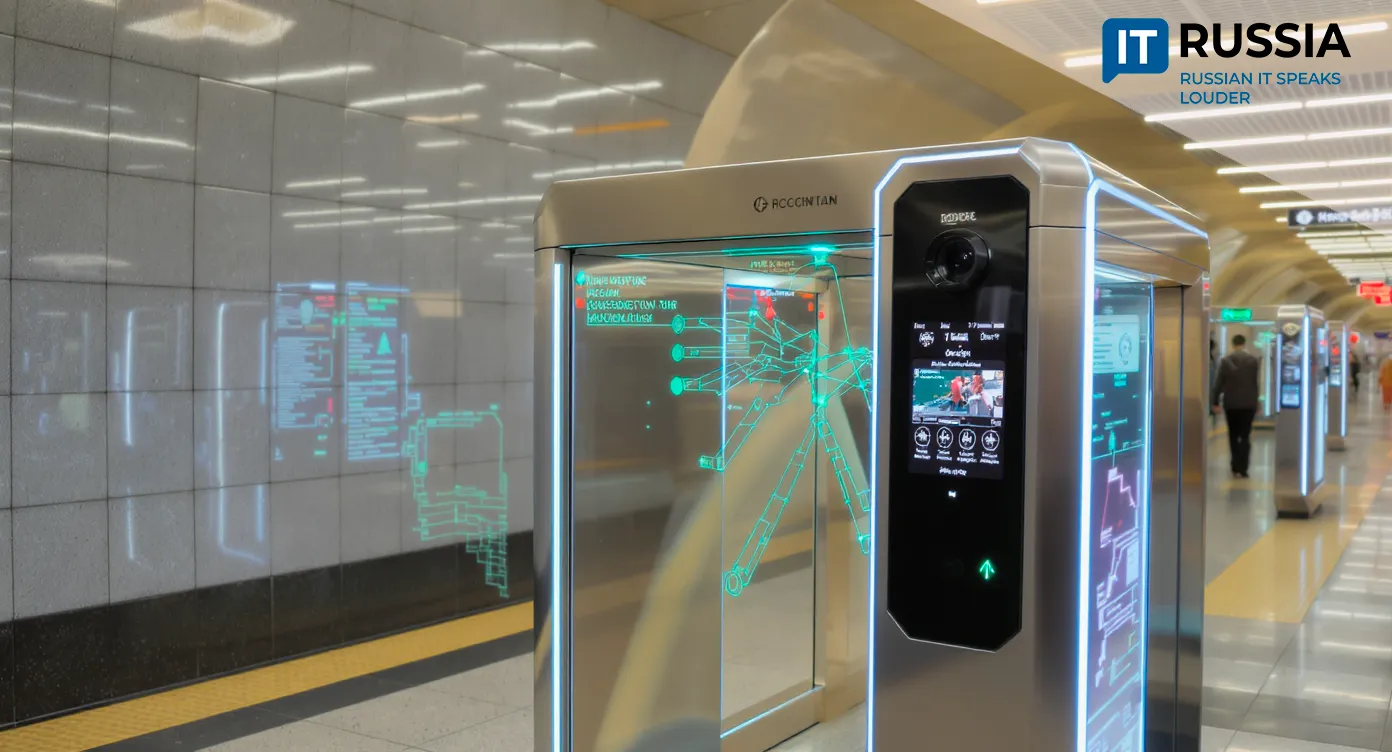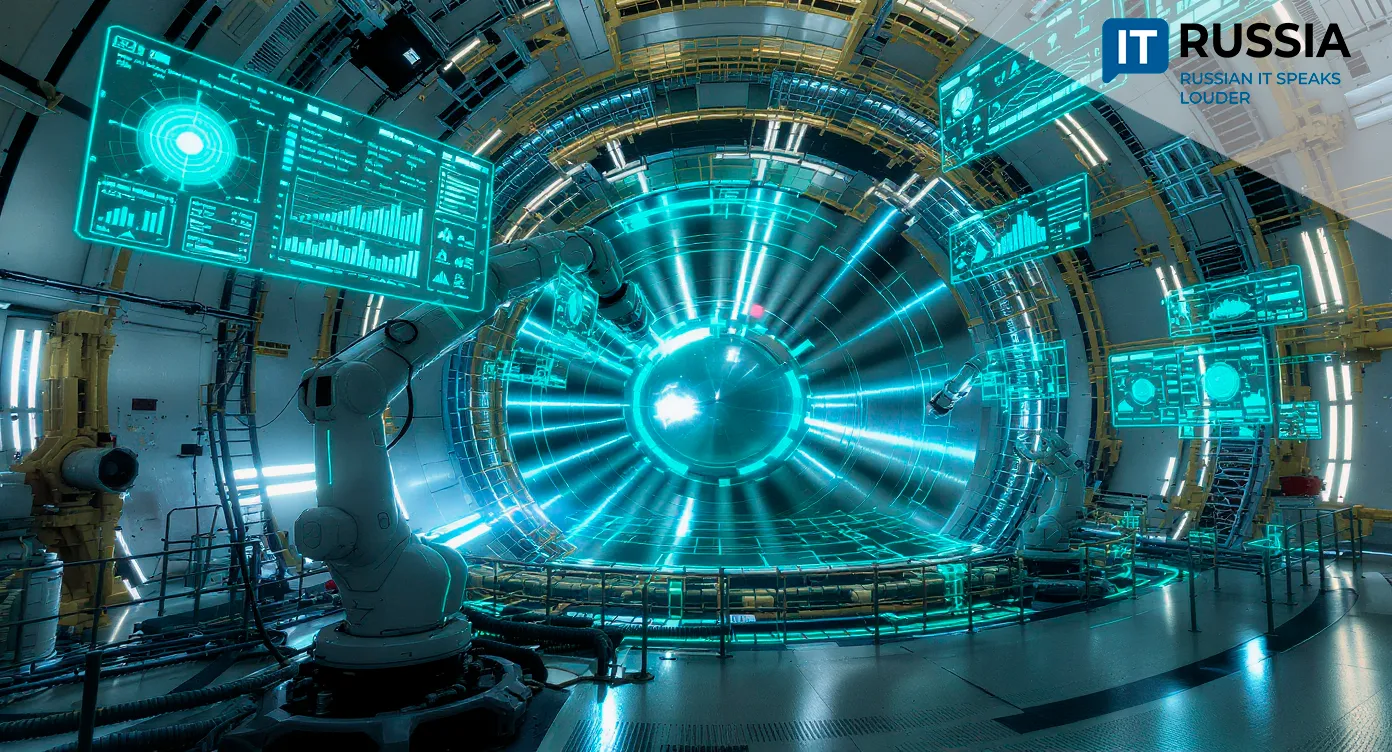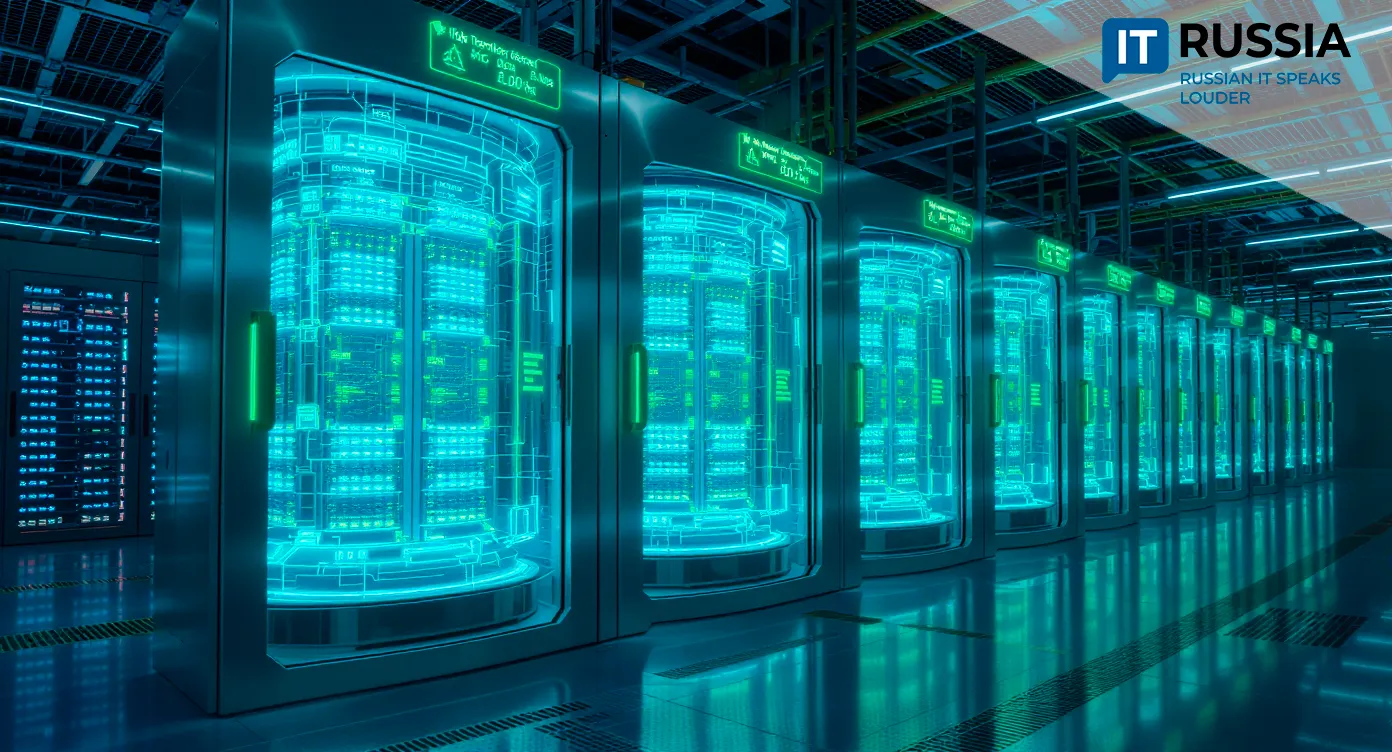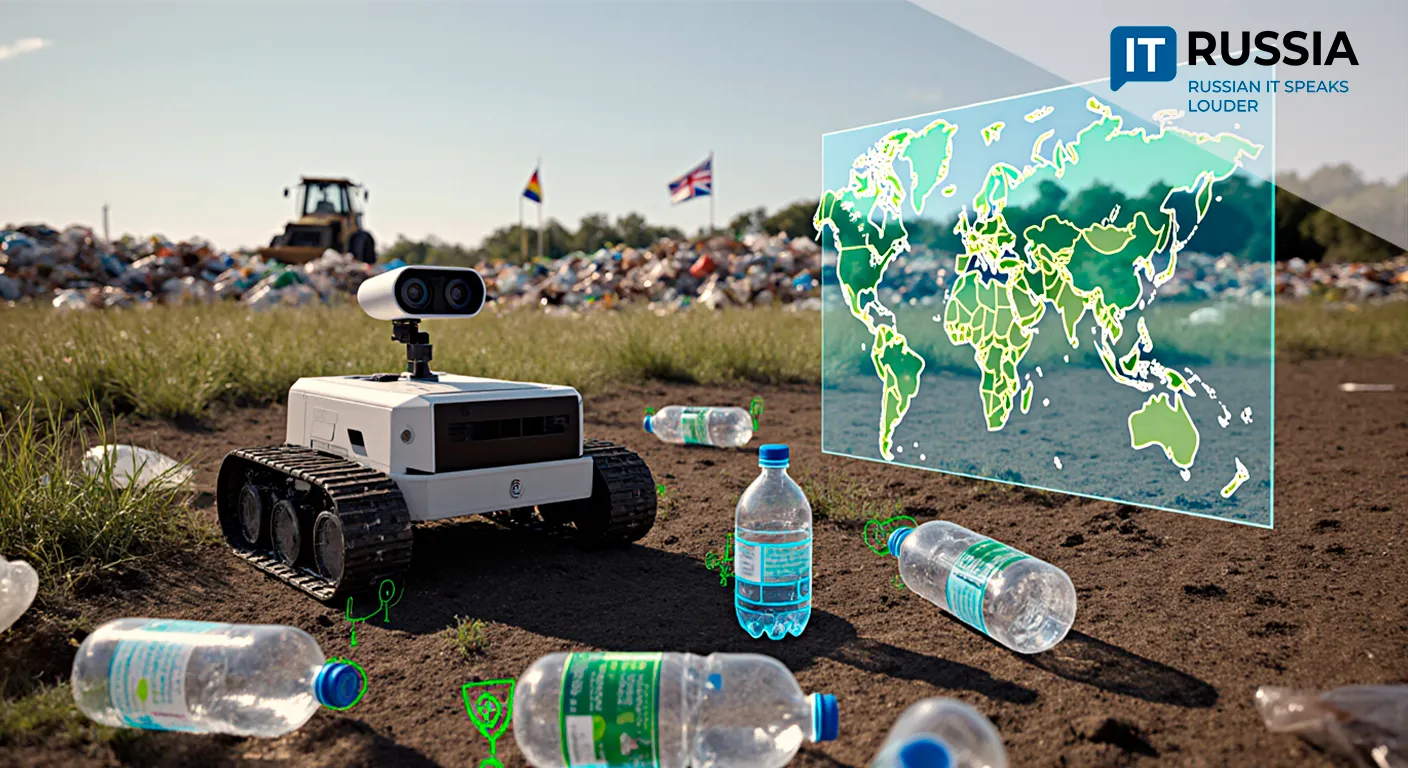AI for the Past: How the Russian Similis Project Is Changing Archaeology
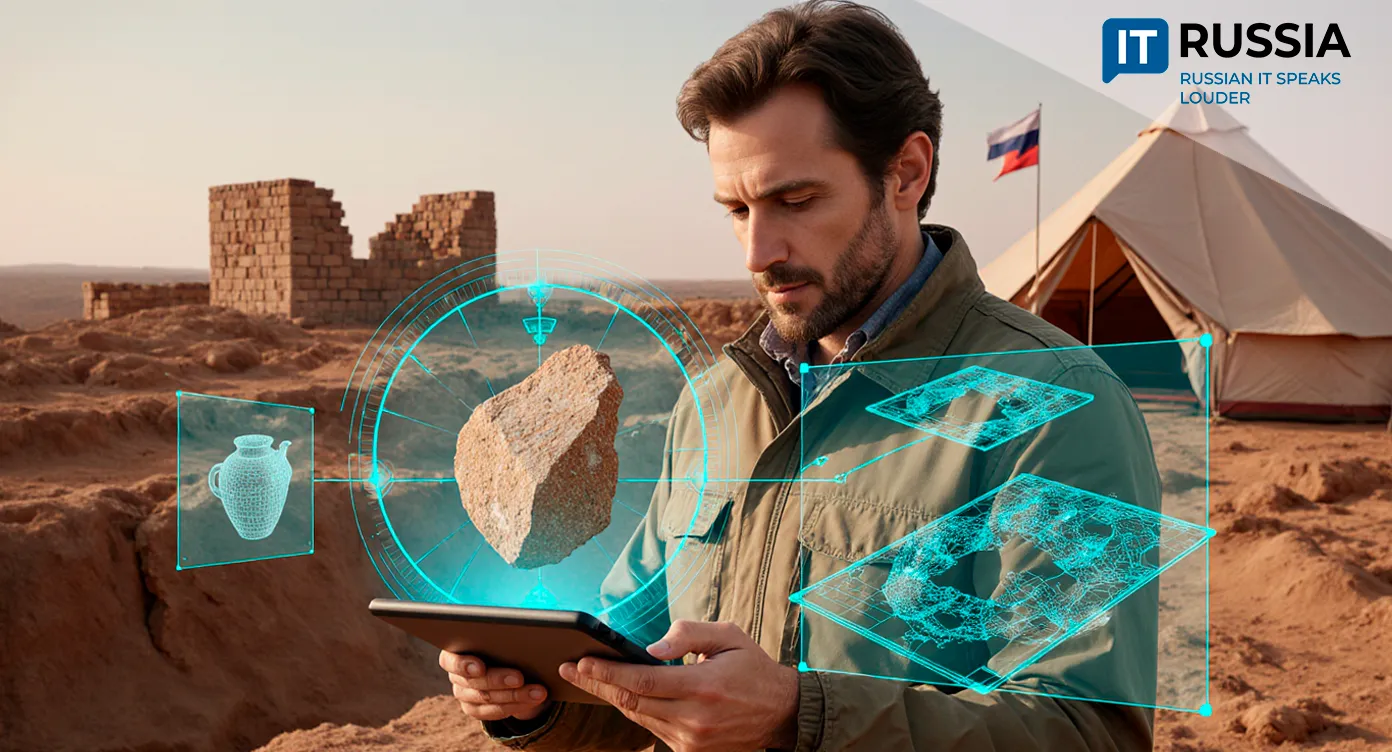
Russia has developed its first domestic AI application for archaeologists — Similis.
A Digital Breakthrough in Archaeology: Why AI Matters
Archaeologists have long faced an overwhelming amount of routine work: discussing fragments, classifying finds, and searching digitized archives. The new Russian Similis project takes on this burden, reducing analysis time from days to seconds. Instead of manually sifting through thousands of images, a researcher uploads a photo, and the system instantly offers the closest match using pattern comparison.
The application was developed jointly by the 'Art and Artificial Intelligence' Laboratory of the European University at St. Petersburg and the Institute of Artificial Intelligence and Cognitive Mathematics of the Russian Academy of Sciences to work with archaeological finds. It uses computer vision and machine learning technologies to search both images and textual descriptions, applying filters such as material, find location, and artifact type. This is not just a tool — it is a breakthrough in the digitalization of the humanities.
Similis helps archaeologists automate routine tasks — recognizing and finding visually similar artifacts by images or descriptions with filters for material, location, and description. This accelerates both fieldwork and laboratory research, where precision and systematic decision-making can determine the results of entire cultural studies.

Thanks to Similis, scientists can focus on deep analysis — reconstructing ancient societies, migration patterns, and trade routes — rather than searching for analogs.
Significance for Science and the Country
Similis is the first Russian AI development of this level in the field of archaeology. It is not just software, but a symbol of the humanities’ shift to a new technological level. The project proves that Russian scientists can create advanced solutions at the intersection of digital technologies and cultural heritage studies.
The development is part of the national priority program 'Decade of Science and Technology' (2022–2031) and demonstrates the level of innovation in the humanities. It also enhances heritage preservation: by identifying historical documents and artifacts faster and more accurately, we gain a better understanding of their value — critical in preventing illegal excavations and smuggling.
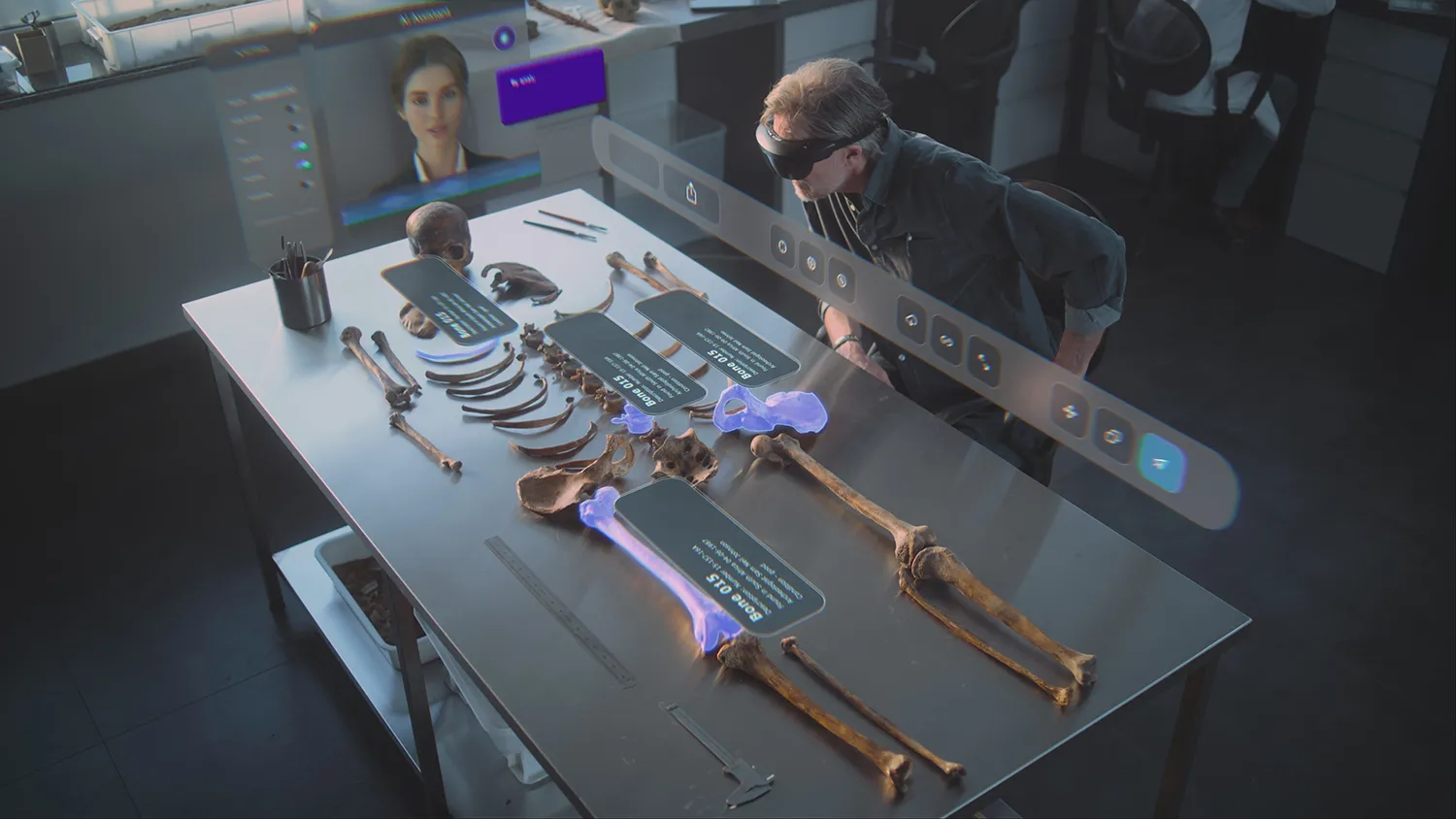
Global Potential and the Project’s Future
Although Similis is currently focused on Russian archives, its global potential is hard to overstate. Similar tools exist elsewhere — for example, Italy’s MASONS project or U.S. AI-based classification tools. However, Similis stands out for its flexibility, working with both images and text descriptions, making it a universal solution.
Once adapted to international standards and integrated with global databases, it could become an indispensable tool for the worldwide scientific community. Imagine a platform where archaeologists from different countries compare finds in real time, build chronologies, and trace cultural connections — all within a single application.
From Text to Augmented Reality: The Path Ahead
In the past five years, Russia has seen a surge of projects at the intersection of AI and the humanities: from deciphering ancient manuscripts to 3D scanning documents. Similis is a natural continuation of this process — a system that not only stores but analyzes and compares cultural objects.
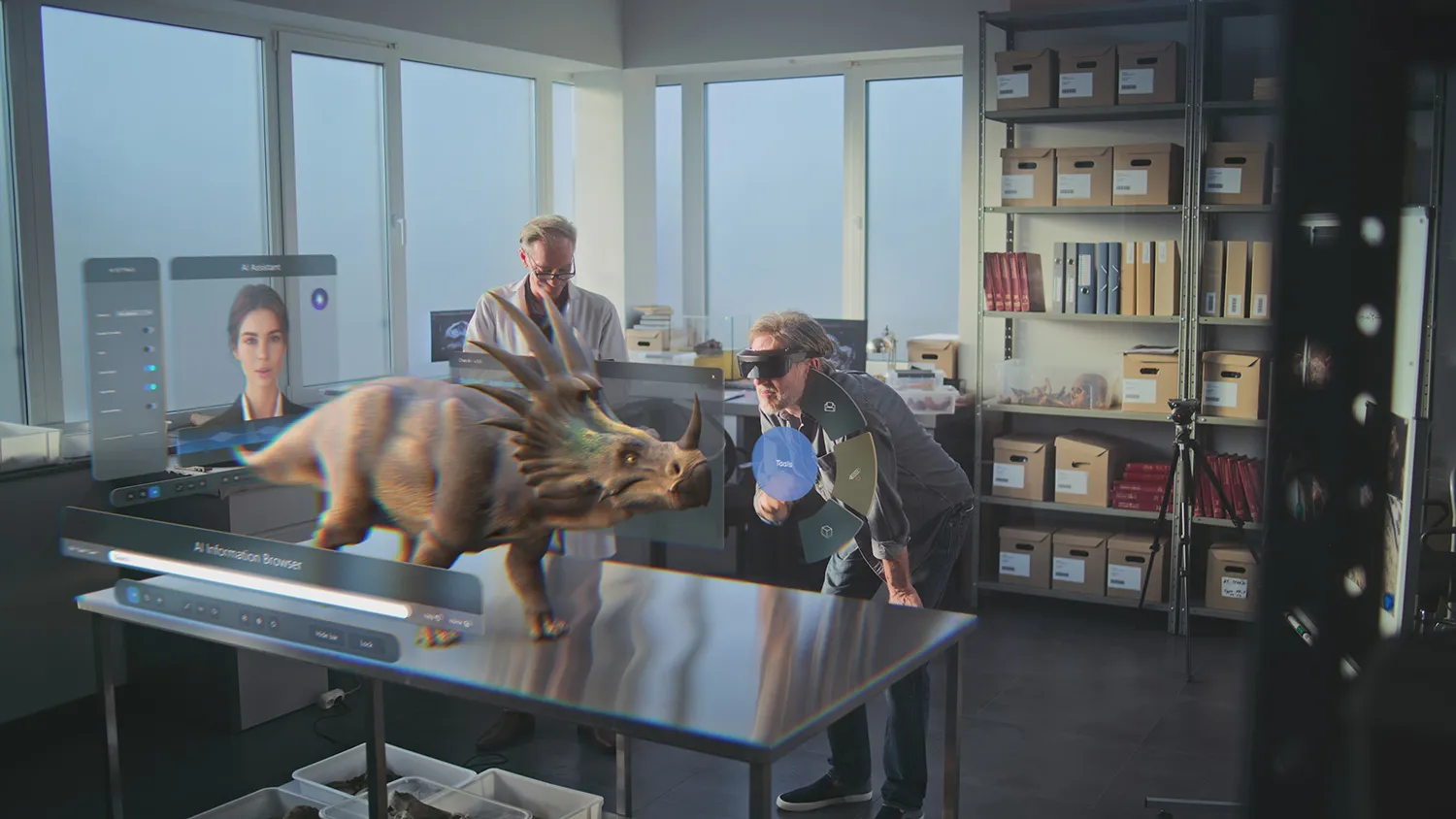
Future extensions could include modules for fragment reconstruction, automated translation of archaeological descriptions, and integration with augmented reality for artifact visualization. The platform could already be used in museums, universities, and educational projects — for interactive exhibitions or student training.
Cultural Heritage in a Digital Future
Similis is more than just an application — it marks a new stage in science where AI becomes a co-author of discoveries. It simplifies research, improves accuracy, and opens new horizons for understanding the past:
- Short term — integration into research institutes and expeditions.
- Medium term — creation of a network platform for collaborative analysis.
- Long term — participation in international conferences and integration into the global archaeological ecosystem.
Russia is taking a confident step into the digital future of the humanities. Similis is not the final point — it is the first milestone.


